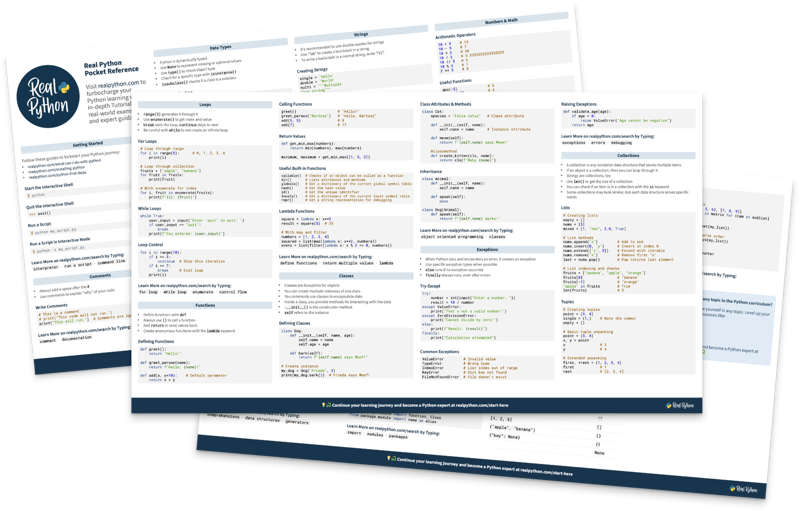In this video course, you’ve had an introduction to PyTorch and TensorFlow, seen who uses them and what APIs they support, and learned how to choose PyTorch vs TensorFlow for your project. You’ve seen the different programming languages, tools, datasets, and models that each one supports, and learned how to pick which one is best for your unique style and project.
In this video course, you learned:
- What the differences are between PyTorch and TensorFlow
- How to use tensors to do computation in each
- Which platform is best for different kinds of projects
- What tools and data are supported by each
Now that you’ve decided which library to use, you’re ready to start building neural networks with them. Check out the links in Further Reading for ideas.


Will Dennis on April 6, 2024
Great overview course! I work supporting researchers who are all using deep learning with GPU acceleration, and now I know why they are now mainly using PyTorch instead of TF, which I know was popular at our lab some years ago. Fun fact, two of our former researchers (Ronan Collobert, Koray Kavukcuoglu) are the inventors and maintainers of Torch.